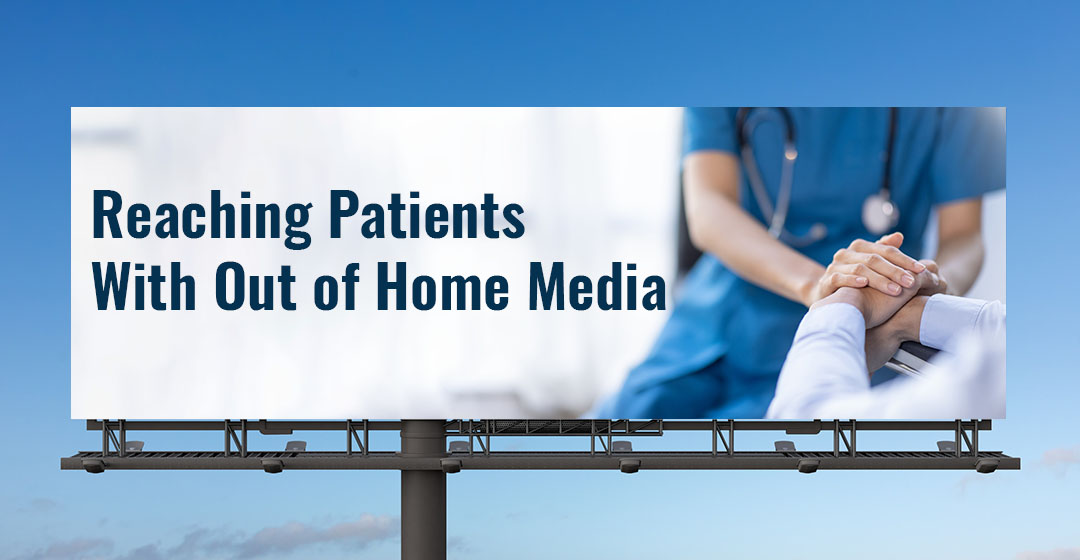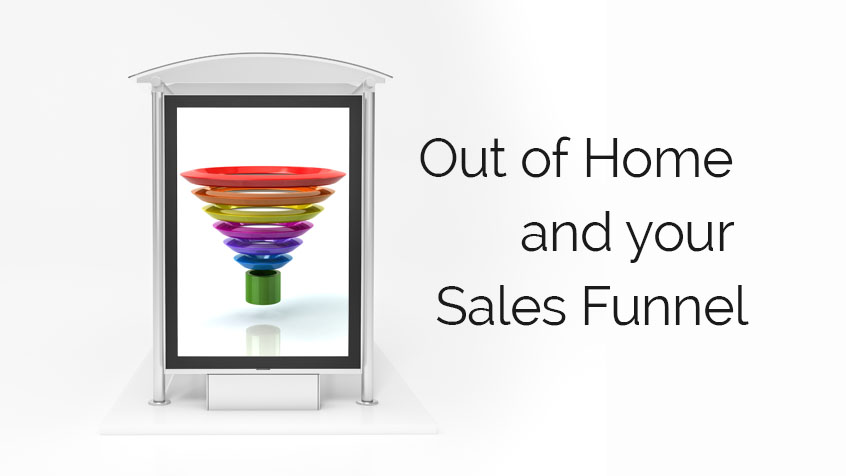At EMC, we have a long history of using Out of Home media to reach healthcare professionals at medical conferences and professional meetings. Out of Home is ideally suited to reaching this audience as they are all gathered in one place at one time. But what about using OOH media to reach patients? Privacy laws and HIPPA regulations can make reaching patients challenging for healthcare marketers, but Out of Home can provide diverse alternatives to reach this audience effectively. Reaching patients with Out of Home media can help resolve some of the challenges faced by healthcare marketers.
The Challenge of Reaching Patients:
Reaching potential patients can be challenging for healthcare marketers. The laws around patient privacy and confidentiality mean that healthcare providers must, very rightly, adhere to strict privacy standards. For marketers, this presents a challenge.
One of the most essential pieces of modern marketing is audience segmentation and targeting. If you are selling shoes, or cell phones, or insurance, or dog food, then demographic, psychographic, and behavioral data are readily available to help you refine your targeting.
And, for more general consumer-focused products and services, even a refined audience can still be quite large – everyone needs shoes and cell phones, and 44.5% of us need dog food. But what happens when your audience is much smaller? Lung cancer is one of the most common significant illnesses that people may face. However, it still only constitutes about 6% of the total population that will be impacted in their lifetime, and less than 1% are affected at any given time. So, how do you effectively reach an audience that is that small and essentially anonymous?
The goal of any marketer is to reach the right audience with the right message at the right place and time. Marketers can achieve all those goals by reaching patients with Out of Home media.
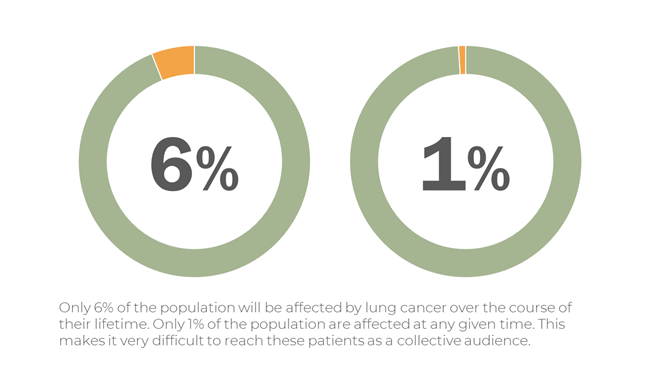
Reaching Patients with Out of Home Media: Using Location as a Proxy for Behavior
Using location as a proxy for personal health data is one of the most potent ways to use OOH to reach patients. This can work in a couple of different ways.
First, marketers can target healthcare facilities or major providers specializing in specific therapeutic categories –oncology, cardiology, etc.… This way, you reach the patients who are going to see healthcare professionals in that category. Patients will also likely be going multiple times, so there is an opportunity to increase the frequency of messaging.
The other way is to use publicly available health data to target areas of higher concentration for a particular condition. For example, lung cancer medication might target areas where there are more significant concentrations of smokers or areas that report higher incidence of the disease.
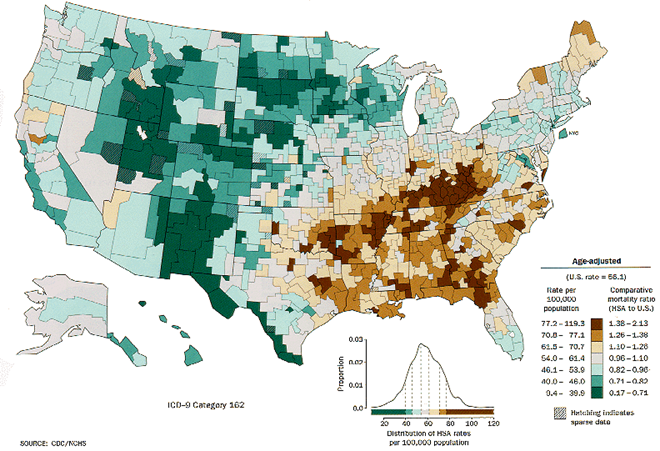
(Lung Cancer Rates for White Males, source: CDC)
Utilize geotargeting technology to reach your audience effectively without violating privacy regulations. For instance, you can target areas with higher populations of individuals with specific health concerns. This approach ensures you reach your desired audience without knowing their personal information.
Reaching Patients With Out of Home Media: Educational Messaging
Marketers can also opt to use more generalized messaging related to disease state awareness and education. Rather than explicitly promotional campaigns for a specific drug or treatment, they can reach consumers with messaging to raise awareness about the condition in general.
This can include unbranded screening campaigns – i.e., “If you fit this profile, you should get screened for this condition regularly” or “Know the warning signs for X”?
Or they can be general education campaigns – if you are marketing a treatment or product for diabetes, you can focus on areas where it is more common and run educational campaigns rather than promotional ones. Providing valuable information about health topics can be more beneficial and less invasive.
Both of these types of campaigns can drive patients online to learn more and then to specific promotional materials. These campaigns are often unbranded, so they don’t appear promotional. This also helps that brand from an image standpoint as it presents an image that the advertiser is motivated by concern rather than profits.

Take Advantage of Strategic Timing:
Virtually every health condition or illness has an awareness day, week, or month. Then there are seasonal opportunities like flu season, etc. Healthcare marketers will typically take advantage of these as promotional opportunities.
Using Out of Home media to promote awareness of the observance, the advertiser builds brand awareness and earns more positive public sentiment. Pharmaceutical manufacturers can often face challenges when it comes to public perception, so reaching patients with Out of Home media in a large public forum promoting something to improve public health and awareness helps manage their public image, create positive sentiment, and reach the appropriate audience.
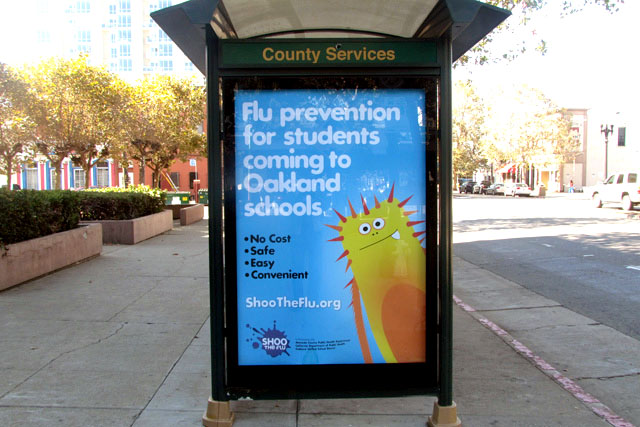
Reaching Healthcare Providers With Out of Home:
The same techniques that reach the potential patients will also work to reach the healthcare providers relevant to the drug or therapy.
Brands also spend a great deal of time reaching this audience, as they are the ones recommending or prescribing the treatment. Reaching healthcare professionals can be almost as challenging as reaching patients. We always recommend targeting HCPs at conferences and meetings as a top-line strategy.
But not all of them go, and the need to reach them doesn’t end when they go home. Using OOH in this way can help reinforce messaging delivered at a conference or through other channels, reach an otherwise untapped audience, and increase the frequency of messaging for all the HCPs.
Leveraging The Flexibility of Out of Home Media:
With the variety of media available, OOH solutions can be tailored to almost any situation or environment.
In urban areas, the population density and the large amount of media available means advertisers can reach their audience at multiple touchpoints, with various media types across their day. A patient traveling to or from a healthcare facility might encounter messaging at the bus stop or inside the bus and pass a billboard along the way.
In more rural areas, where the population is more widely dispersed, and the healthcare options are fewer and more remote, targeting the healthcare facilities can mean reaching a large percentage of the potential audience, if only because they have limited options. Hence, marketers know exactly where they will be going.
Out of Home also provides flexibility for messaging as well. Reaching patients with Out of Home media like billboards can be used for large-scale awareness to create mental availability. Media with longer dwell times – like transit shelters, bus interiors, transit platforms, etc – provide a channel for deeper messaging, calls to action, and interactive elements like QR codes. Finally, experiential activations can present opportunities to engage with patients more personally, provide information, or even conduct basic assessments or screenings.
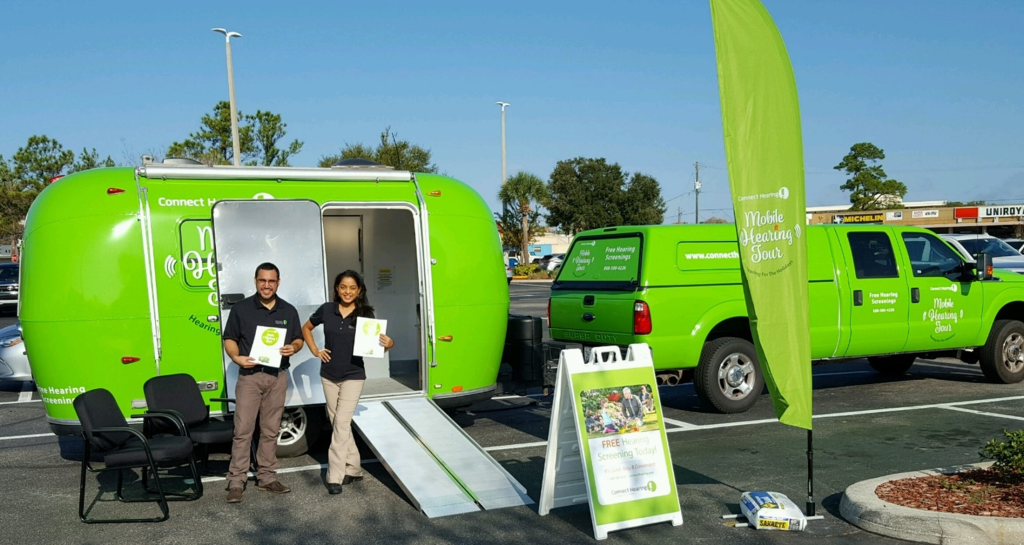
Out of Home Media Drives Action for Healthcare Brands:
The most important aspect of course is – does it work? Recent data from the Harris Poll shows that it works, and it works well.
In a recent study it was shown that 58% of adults have noticed healthcare ads on OOH, and 76% of those who saw a healthcare ad engaged. 37% searched for the product or service online, and when we look at audiences in urban areas with population over 1 million that number goes up to 46%. That’s almost half the people who saw the ad taking action to search for it online.
Additionally 28% asked their doctor or healthcare provider about the product or service. In terms of driving action this is powerful performance, and more demonstrates Out of Home medias ability to reach patients, and to do more than just generate brand awareness, it drives action as well.
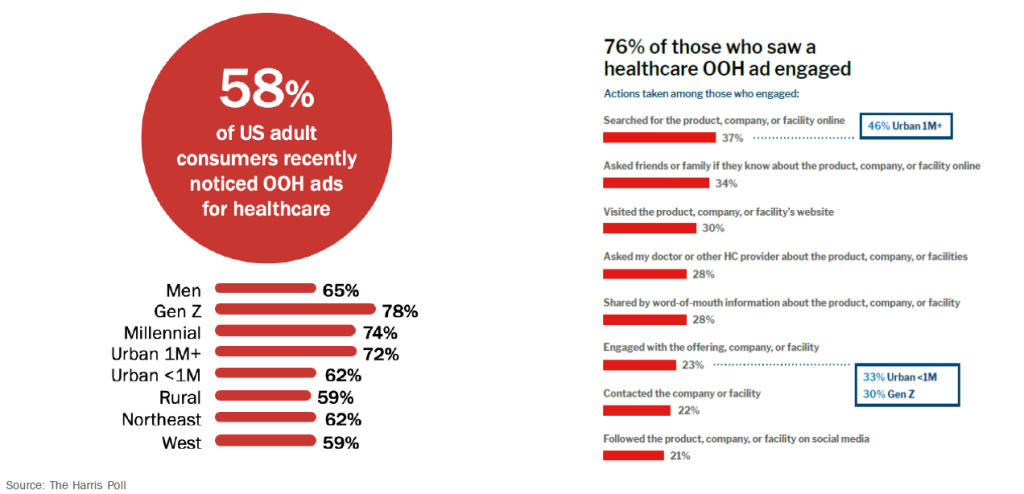
Reaching Patients with Out of Home Media: A Key Tactic for Healthcare Marketers.
Reaching patients with Out of Home media offers healthcare marketers a way to target their audience effectively and efficiently. It allows them to use multiple tactics in targeting, and a wide array of media choices to suit the appropriate messaging. And it can do all of this and still be cost-effective and scalable. We have over thirty years of experience working with healthcare professionals across many disciplines, contact us to learn more about how we can help you tap into the power of Out of Home media.

